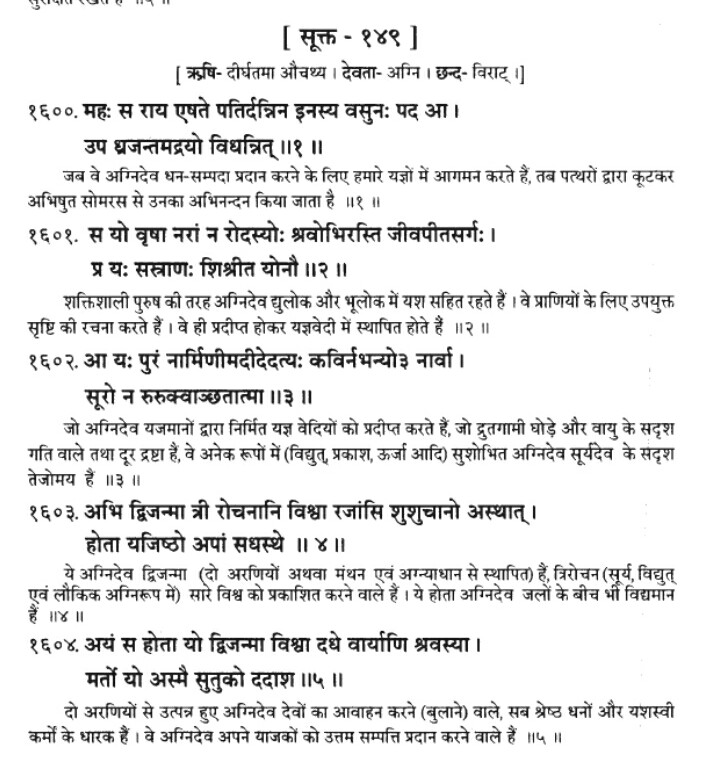Agni is twice born in RigVeda
- the second birth is the ritual fire and household fire ("sva adhvaro raja visham athiti" RV.2.2(8) - king of the ritual pole and guest of the village). This is the Agni produced by human effort as explained by @Swift Pushkar above.
Rishi Angira was first to worship Agni as deva - "
tvam Agne prathamo Angira Rishih devo devanam bhavah shivam
sakha*"RV.1.31(1) -you Agni became the god of Angira Rishi for the first time,(then) became the blissful friend of all gods.
Gods not only worshiped Agni but also excelled in its use as war technology while anti-god people still considered it as an illusion -
"Ime naro Vritra hatyeshu shura adevi bhir santu maya*"RV.7.1(10)
"aa devyani vrata chikitwana manushsya jansya janm*"RV.1.70(1)
- come (Agni) to the realm of gods having knowledge of the birth of humans.
On the question how Agni came into being at the first time, RigVeda provides varied answers. One can trace the birth of Agni from water,air,outer space(vyom) up to 'not born' (aja) at all. But Vishwamitra Gathin holds a most scientific cognition in describing the birth of Agni from Sun -
"yat Asurasya jattarat ajayat*" RV.3.29(14)
- here (Agni) is born out of the abdomen of Asura. Asura could mean Sun in RigVda I have explained elsewhere. Indeed, our ancestors were great 'watchers'.
Thus, Agni is twice born in the sense the first is the natural birth and the second is the birth from human effort. Similar idea was applied to human society in Hinduism through " the sanskara of yajyopavit "-after which a child is exposed to wider social world and sent to Gurukula.


